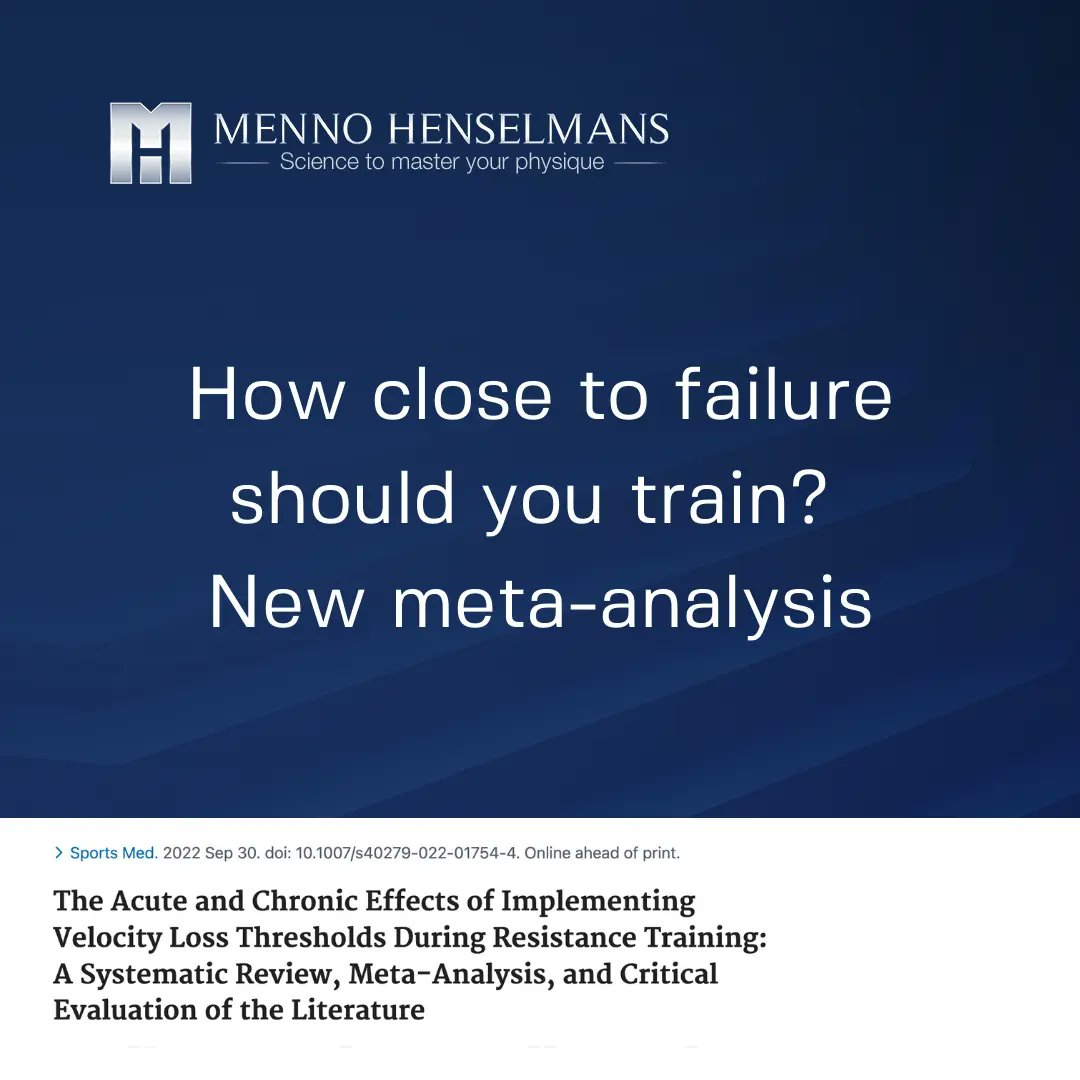
A new systematic review of the literature investigated how fast you should perform your reps. Their conclusions were: 

A new systematic review of the literature investigated how fast you should perform your reps. Their conclusions were:
For strength development: 1 second concentric (upward phase typically), 2-4 second eccentric (lowering phase typically), no pauses.
For power: concentric below 2 seconds and eccentric below 8 seconds, preferably with a total rep duration below 4 seconds.
For muscle growth: the eccentric should be slower than the concentric and the total rep duration should be 4-7 seconds for trained individuals. The optimal timing is unclear though.
Their exact recommendations differ at different points in the paper though.
My take: I agree with the explosive concentric phase to maximize muscle activity and total work capacity.
My take: I agree with the explosive concentric phase to maximize muscle activity and total work capacity.
I also agree with a controlled eccentric phase, as it's where your muscles can produce the most tension, so you can't neglect the stretching phases.
I'm not a fan of counting though. It's highly impractical and it detracts your focus from perfect technique. This tempo - known as Compensatory Acceleration Training - should be ideal for strength, power and size.
#sportsscience #mennohenselmans #personaltrainer
#sportsscience #mennohenselmans #personaltrainer
• • •
Missing some Tweet in this thread? You can try to
force a refresh










